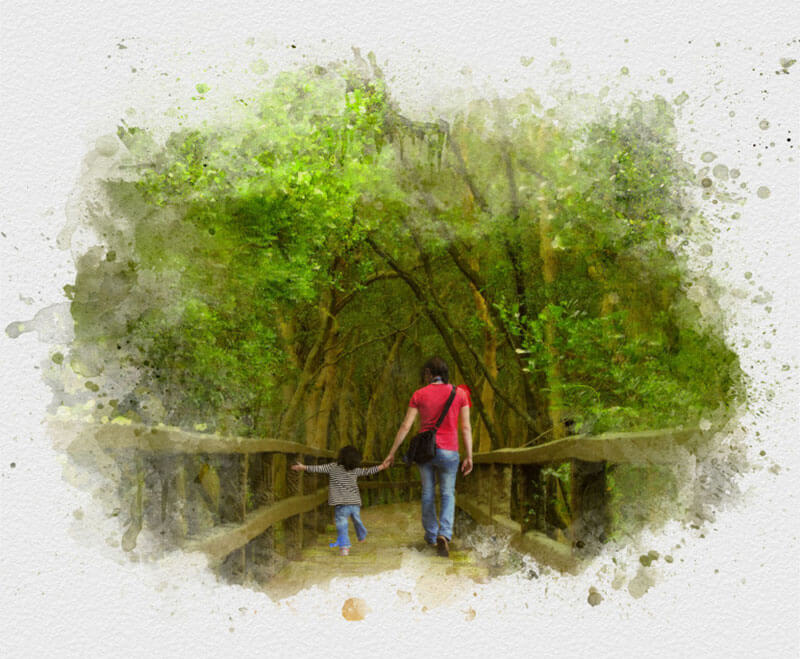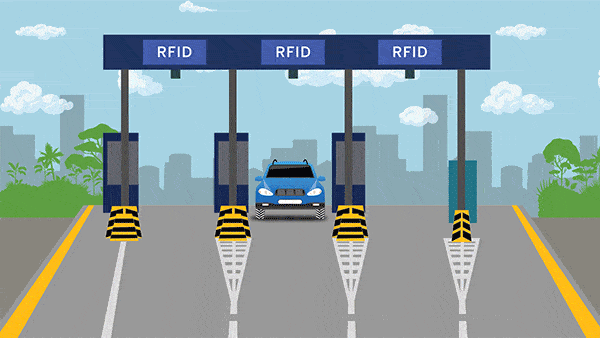Just a few kilometers southwest of the City of Manila is the Las Piñas-Parañaque Critical Habitat and Ecotourism Area (LPPCHEA), an idyllic nature reserve. This wetland ecosystem is the habitat of 82 wild bird species — 41 of which are migratory birds that come from as far as China, Japan, and Siberia.
DID YOU KNOW?
Formed in the 70s by land reclamation, LPPCHEA is made up of two interconnected islands: Freedom Island, the larger island in northeastern Parañaque City; and Long Island, which is considered part of Las Piñas City.
A Visitor’s Guide to LPPCHEA
You don’t have to go very far from the city to commune with nature. In fact, you don’t even have to leave Metro Manila! Just a few kilometers southwest of the City of Manila is the Las Piñas-Parañaque Critical Habitat and Ecotourism Area (LPPCHEA), an idyllic nature reserve covering 175 hectares. Formed in the 70s by land reclamation, LPPCHEA is made up of two interconnected islands: Freedom Island, the larger island in northeastern Parañaque City; and Long Island, which is considered part of Las Piñas City.
Take a Leisurely Eco-Walk
A visit to Freedom Island wouldn’t be complete without an eco-walk to its three adjoining ponds. These ponds host a particular bird and mangrove species. Frequently spotted residents are the Philippine Duck, White-Collared Kingfisher, and Common Moorhen. Meanwhile, the north and south lagoons are frequented by Egrets, Herons, and Terns. Visitors who take a trek around the island will also be able to familiarize themselves with Philippine indigenous trees, such as the Aguho, Talisay, and Banaba.
A boardwalk lets visitors explore the mangrove forest, which covers over 36 hectares of the reserve. LPPCHEA has the densest mangrove areas within Manila Bay, and it’s also the most diverse, with 11 different mangrove species. Mangrove forests serve as spawning and nursery grounds for fish, as well as feeding and shelter for other animals. They also act as protection from storm surges and high tide.
It’s also worth visiting LPPCHEA’s salt marshes, which has a unique ecosystem that plays an important role in the aquatic food web. Because the salt marshes are a good indication of the coastal area’s health, the flora and fauna in the marshes make interesting subjects for researchers.
Try Bird-Watching
Thanks to its accessibility and diverse wildlife, LPPCHEA is a favorite destination among bird enthusiasts. Predominantly made up of mudflats, LPPCHEA is a wetland ecosystem that serves as the habitat of 82 wild bird species — 41 of which are migratory birds. When the waters ebb during low tide, flocks of birds and other animals can be seen feeding on exposed invertebrates. For migratory birds that come from as far as Siberia, Japan, and China, LPPCHEA is a critical resting and refueling stop.
During the migration season (August to April) LPPCHEA could have around five thousand individual birds every day. Little Egrets, Black-Crowned Night Herons, and Common Moorhens are commonly sighted in the area, but some bird enthusiasts have sighted endangered and rare species like the Chinese Egret and Siberian Ruby-Throat.
LPPCHEA is also home to endemic bird species, the most notable of which is the Philippine Duck. The Philippine Duck has been classified as a vulnerable species by the International Union for Conservation of Nature and Natural Resources, and LPPCHEA is their only known breeding area in the National Capital Region. Other endemic species that reside in LPPCHEA include the Philippine Bulbul and Colasisi.
Sources: Department of Environment and Natural Resources, Society for the Conservation of Philippine Wetlands
Visiting LPPCHEA
LPPCHEA is open to the public for free. However, because it’s a protected area, visitors have to secure clearance from authorities before visiting. If you’re interested in visiting the sanctuary, contact the Conservation and Development Division of DENR at +632-435-2509 or the Manila Bay Environmental Management Project in Metro Manila at +632-435-2410.
How to Get There
From Roxas Boulevard, head south and get on the Manila–Cavite Expressway. Once you start seeing mangroves to your right, stay to the right. Turn right into the Coastal Service Road once you see the Easydrive Loading Station and make a U-turn. Then, follow the signs to LPPCHEA.



